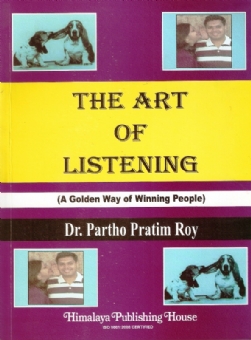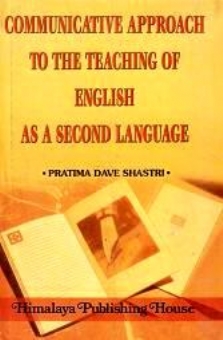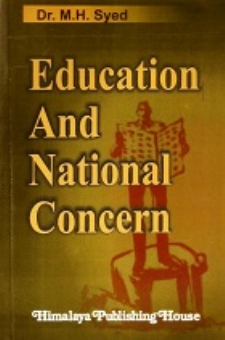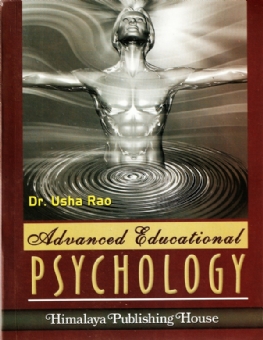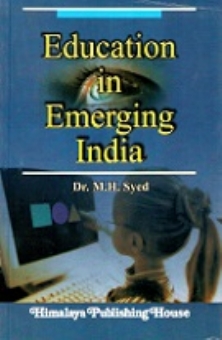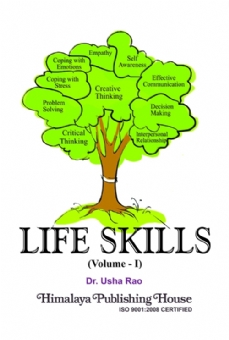David J. Schwartz, a prolific writer and renowned management professor, once wrote :
“In an office recently I noticed a sign which said, −
‘To sell John Brown what John Brown buys,
You’ve to see things through John Brown’s eyes.’
And the way to get John Brown’s vision is to listen to what John Brown has to say.”
Leaders in a variety of fields from corporate trainers to teachers and doctors, managers and employees as also stakeholders in any business concern have recognized power and importance of listening to excel in their respective profession. Research studies conducted over the past several decades have consistently ranked listening as the most frequently used communication activity, though, unlike writing and reading, it is least taught in schools and colleges. In this connection, please listen to what Lee Iacocca, the former Chrysler CEO, says:
“I only wish I could find and institute that teaches people how to listen.
After all, a good manager needs to listen at least as much as he needs to talk.”
In a survey of Fortune 500 companies, 64% of managers in their companies were viewed by the learned observers as lacking sufficient and appropriate training in listening.
An humble attempt has, therefore, been made in this most comprehensive text book on listening (which is hitherto not published by any publishing house either in India or abroad) to fill up this void in training in listening. Multidimensional aspects of listening with its definition and meaning, myths and truths, models and levels, objectives and processes, types and techniques, styles and habits, barriers and effectiveness have been systematically dealt with in this book so as to make modern managers better listeners.
The nature of the world in which we live – one that is wired, connected, mobile, fast paced, iconically visual and far less driven by logic – has changed in some not-so-subtle ways in recent days. The organisations that employ us and the business that depend on our skills now recognise that communications – particularly the art of listening – is at the centre of what it means to be successful.
The proliferation of electronic communication has increased the amount of information we send and receive. But it has not increased our ability to listen. In fact, experts opine that it may detract from listening by distracting. Listening has always been a challenge, and it is perhaps more so in this new millennium in which we receive varied information at jet-set speed.
More than ever, business needs good listeners and stakeholders need to be heard. This unique text book on listening provides ample practical tips and techniques, feasible guidelines for effective listening so as to enable you to become a better listener and help your stakeholders feel heard.
Contents –
1. Introduction
2. Tools for Listening
3. Definition of Listening
4. Meaning of Listening
5. Hearing vs. Listening
6. Myths and Truths about Listening
7. Importance of Listening
8. Models of Listening Behaviour
9. Research in Listening Behaviour
10. Objectives of Listening
11. Benefits / Advantages of Listening
12. Process of Listening
13. Levels of Listening
14. Types of Listening
15. Specific Techniques for Active Listening
16. A Special Note on Active and Reflective Listening
17. A Special Note on Critical Listening
18. Listening Styles
19. Listening Influencers
20. Types of Listencers
21. Poor Listening : Causes and Effects
22. Types of Poor Listeners
23. Poor Listening Habits and Styles
24. Barriers to Effective Listening
25. Developing A Listening Climate
26. Listening to Informal Communication
27. Listening to Non-verbal Communication
28. Speakers! Hone Your Listener-involving Techniques
29. Listeners! Improve Your Listening Habits
30. Guidelines for Effective Listening
Review and Discussion Questions

